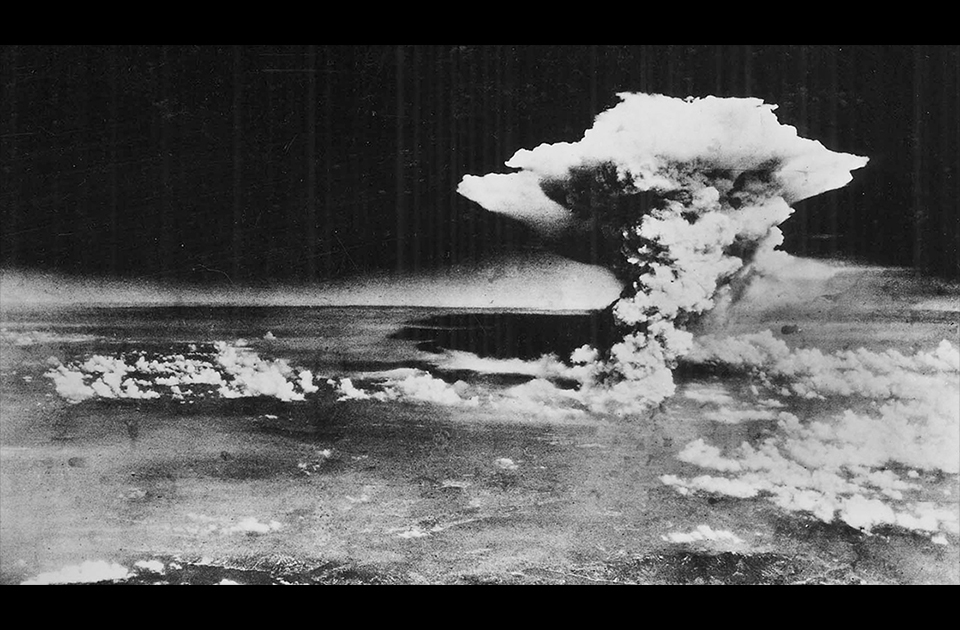
Hiroshima
In this Monday, Aug. 6, 1945 picture made available by the U.S. Army via the Hiroshima Peace Memorial Museum, a mushroom cloud billows into the sky about one hour after an atomic bomb was detonated above Hiroshima, Japan
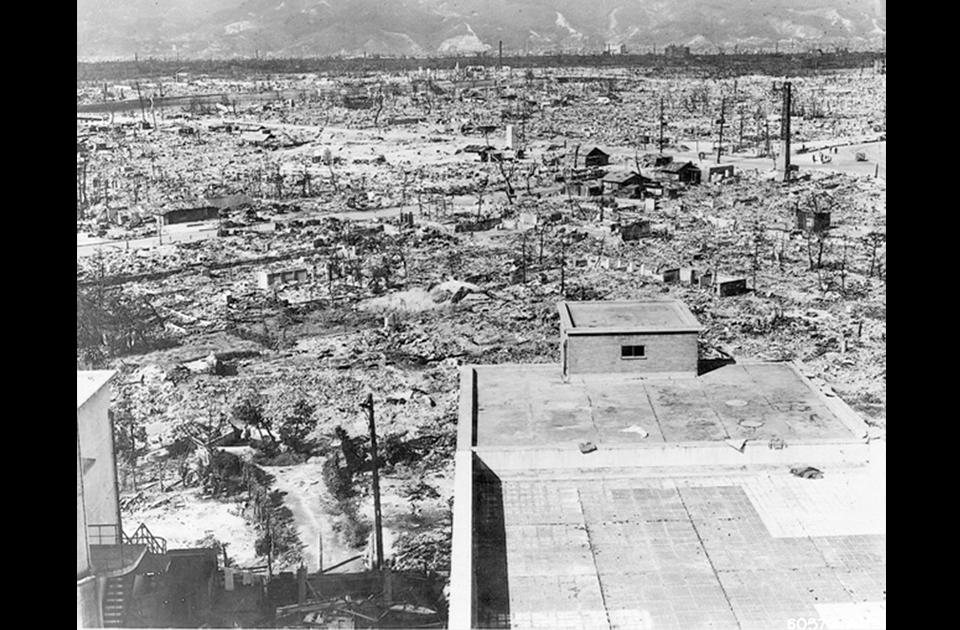
Hiroshima
This Sept. 8, 1945 picture shows an allied correspondent standing in the rubble in front of the shell of a building that once was a movie theater in Hiroshima, Japan, a month after the first atomic bomb ever used in warfare was dropped by the U.S. on Monday, Aug. 6, 1945
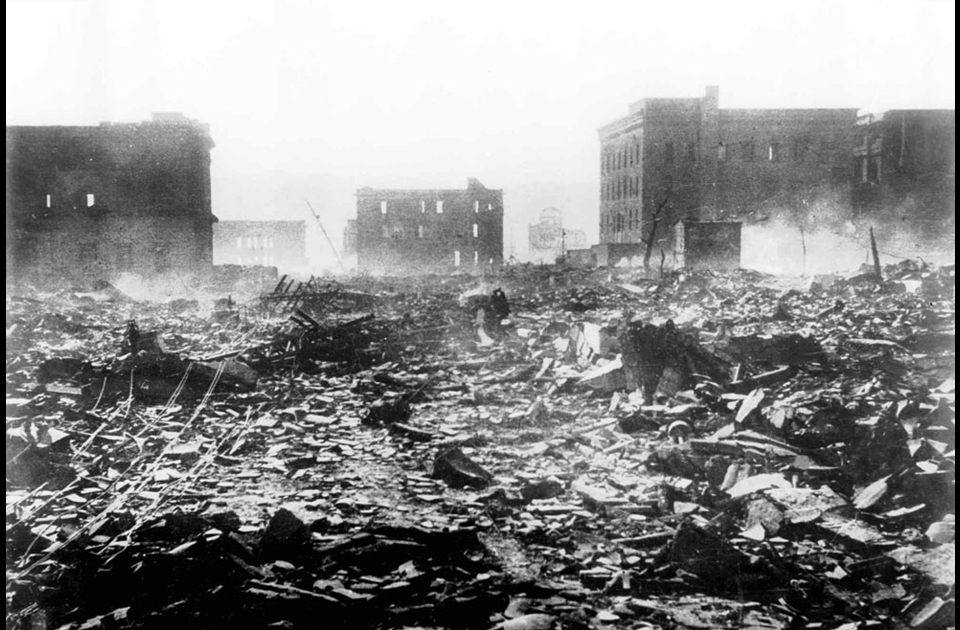
Hiroshima
A pall of smoke lingers over this scene of destruction in Hiroshima, Japan, on August 7, 1945
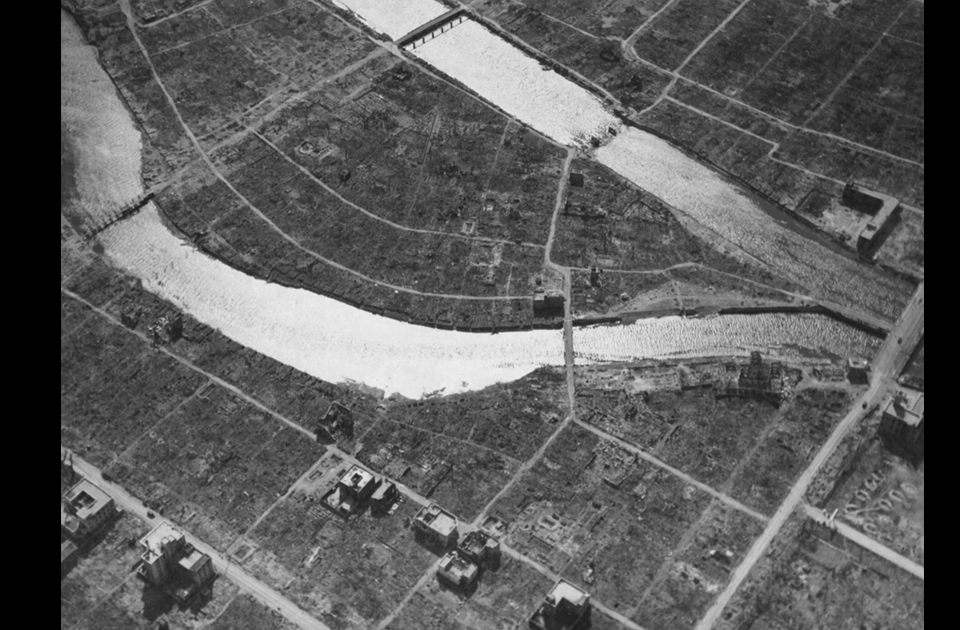
Hiroshima
An aerial view of ground zero and the now-famous Atom Bomb Dome in Hiroshima, weeks after the bombing of August 6, 1945
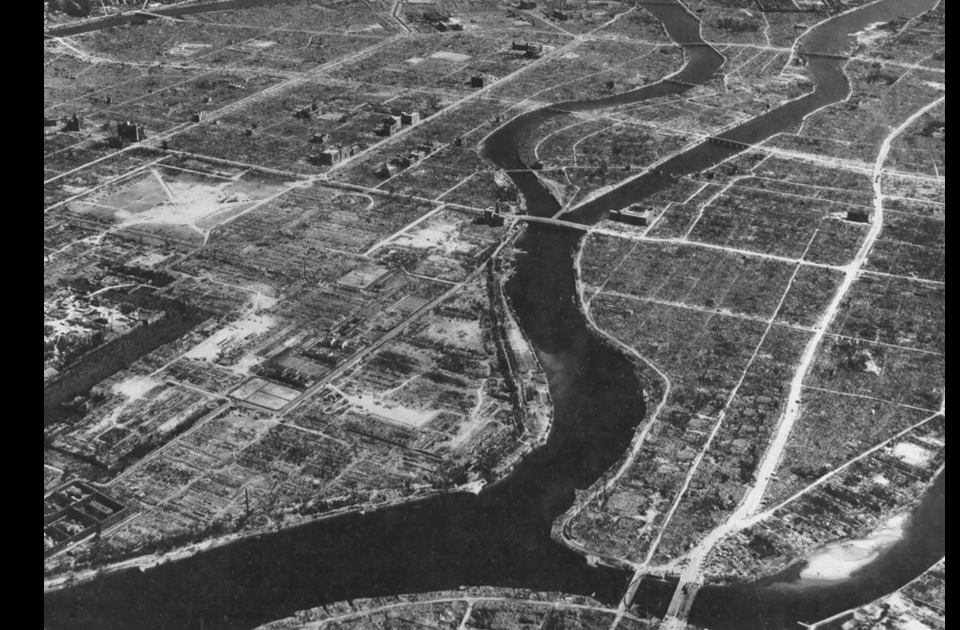
Hiroshima
File Photo: An aerial overview of Hiroshima in autumn of 1945. The hypocenter and Atom Bomb Dome are visible at top center.
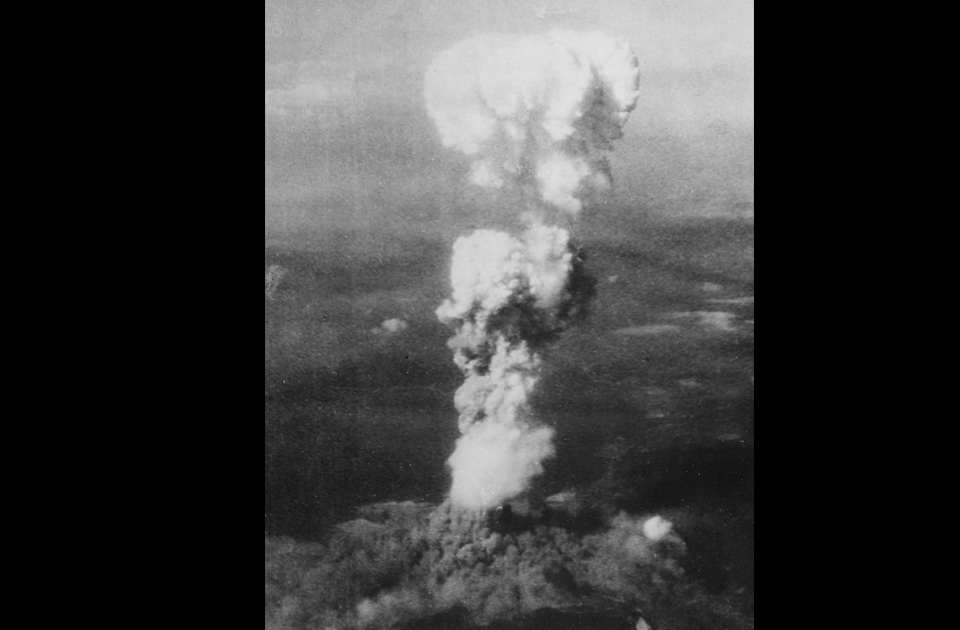
Hiroshima
Shortly after 8:15 am, August 5, 1945, looking back at the growing "mushroom"cloud above Hiroshima. When a portion of the uranium in the bomb underwent fission, and was transformed instantly into an energy of about 15 kilotons of TNT (about 6.3 × 1013 joules), heating a massive fireball to a temperature of 3,980 C (7,200 F). The superheated air and smoke rapidly rose through the atmosphere like a giant bubble, dragging a column of smoke up with it. By the time this photo was made, smoke had billowed 20,000 feet above Hiroshima while smoke from the burst of the first atomic bomb had spread over 10,000 feet on the target at the base of the column
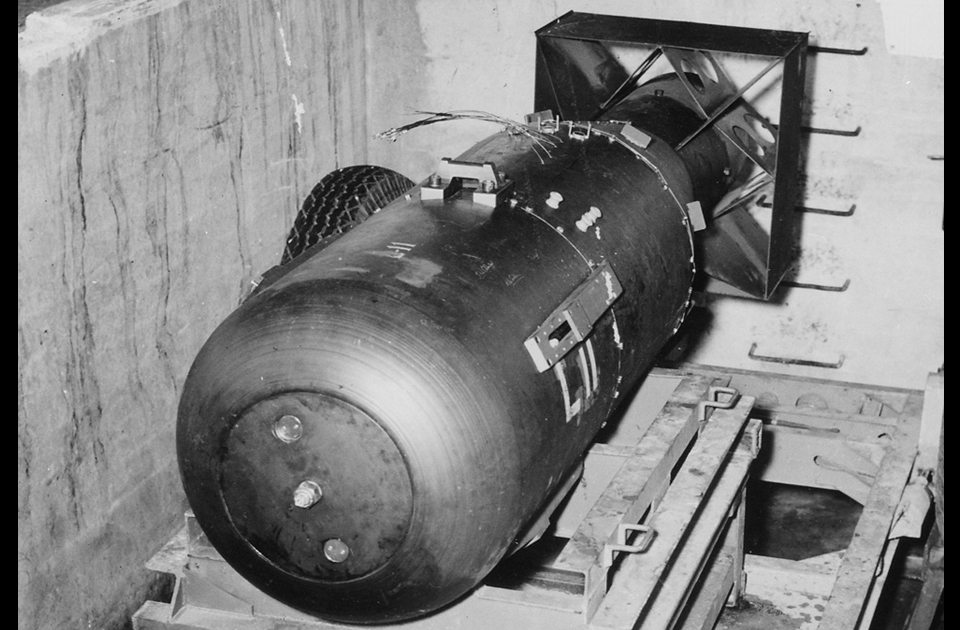
Hiroshima
"Little Boy" unit rests on a trailer cradle in a pit below the open bomb bay doors of the B-29 Superfortress bomber "Enola Gay" on the 509th Composite Group base at Tinian Island in the Marianas Islands in 1945. Little Boy was 3 m (10 ft) long, and weighed 4,000 kg (8,900 lb), but only carried contained 64 kg (141 lbs) of uranium which would be used to create a nuclear chain reaction, and resulting explosion
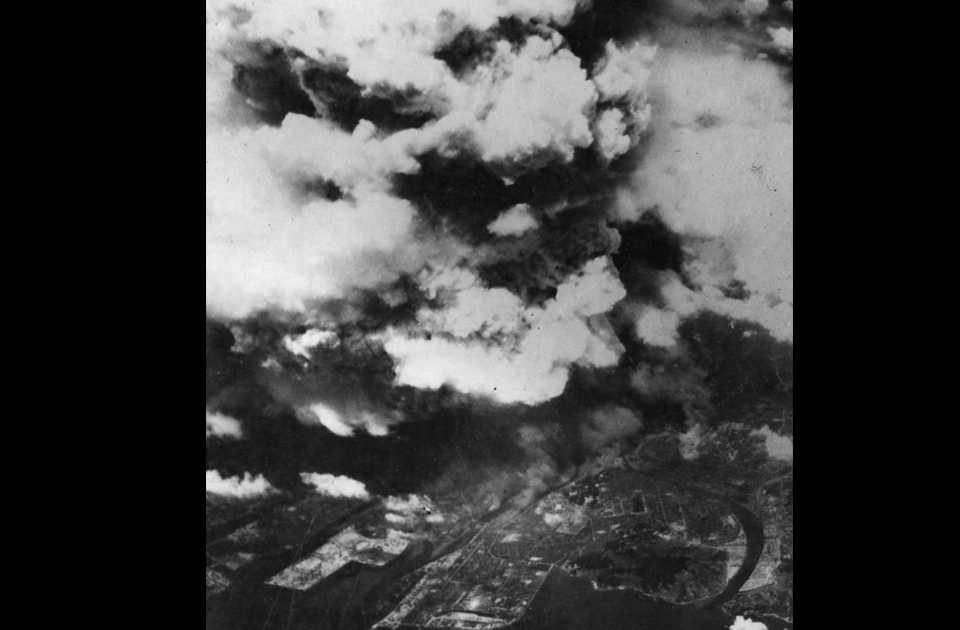
Hiroshima
Shortly after 8:15 am, August 5, 1945, looking down on the rising smoke from the atomic explosion above the city of Hiroshima from one of two U.S. Air Force bombers from the 509th Composite Group. By the time this photo was taken, the flash of light and intense heat from a fireball 370 m (1,200 ft) diameter had already taken place, and an intense shockwave radiating out faster than the speed of sound was dissipating, having done most of its damage to ground structures and people in a circle 3.2 km (2 mi) in diameter.
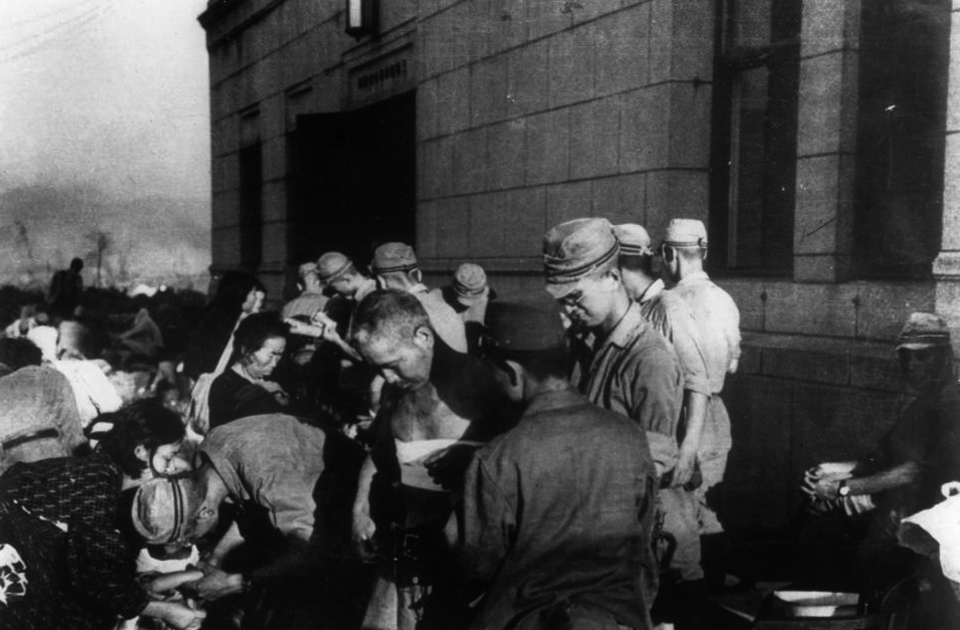
Hiroshima
In this Aug. 6, 1945, file photo, shortly after the first atomic bomb ever used in warfare was dropped by the United States over the Japanese city of Hiroshima, survivors are seen as they receive emergency treatment by military medics
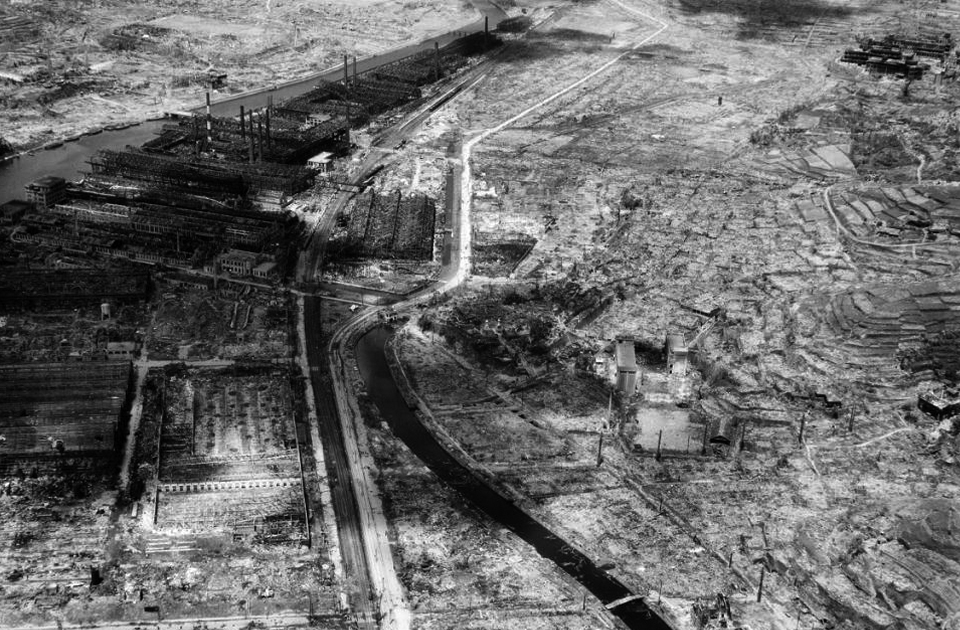
Hiroshima
In this Sept. 4, 1945 file photo, the remains of a factory are seen, upper left, in the southern Japanese city of Nagasaki, gutted by the Aug. 9 atomic bombing
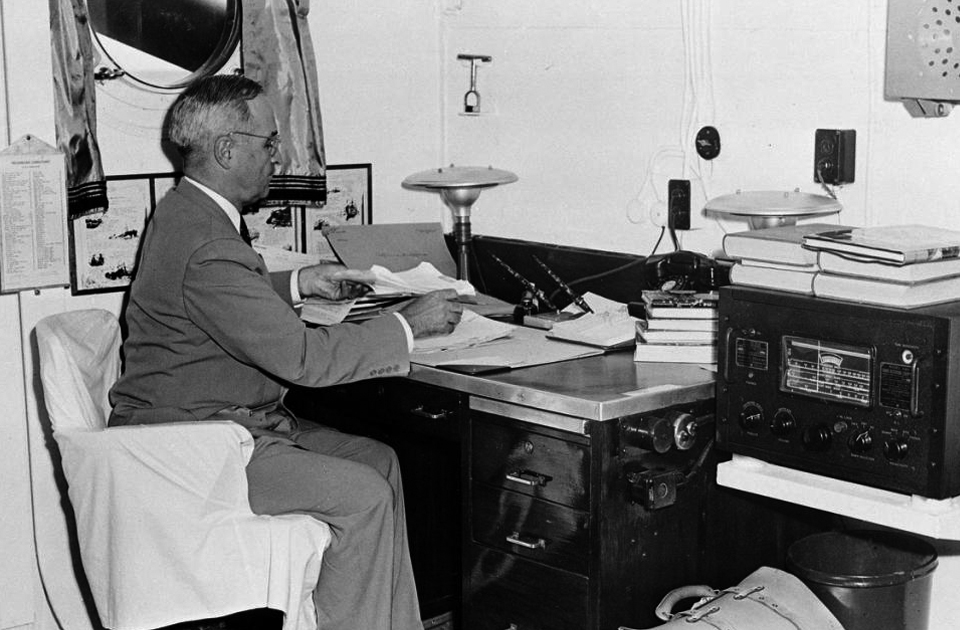
Hiroshima
In this Aug. 6, 1945, file photo, aboard the cruiser Augusta, President Harry S. Truman, with a radio at hand, reads reports of the first atomic bomb raid on Japan, while en route home from the Potsdam conference
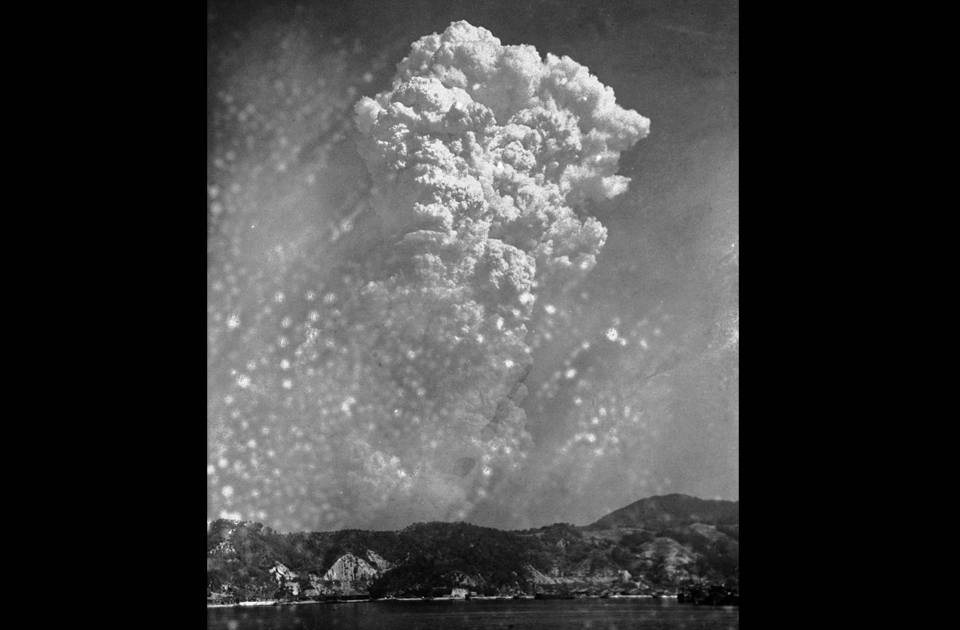
Hiroshima
In this Aug. 6, 1945, file photo, smoke rises around 20,000 feet above Hiroshima, Japan, after the first atomic bomb was dropped
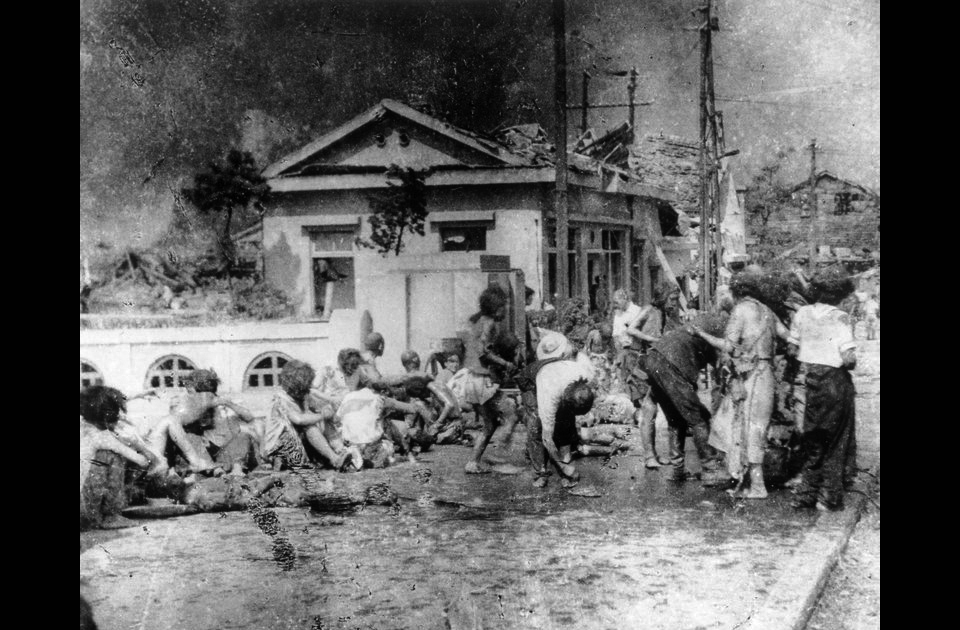
Hiroshima
In this Aug. 6, 1945, file photo, survivors of the first atomic bomb ever used in warfare are seen as they await emergency medical treatment in Hiroshima, Japan
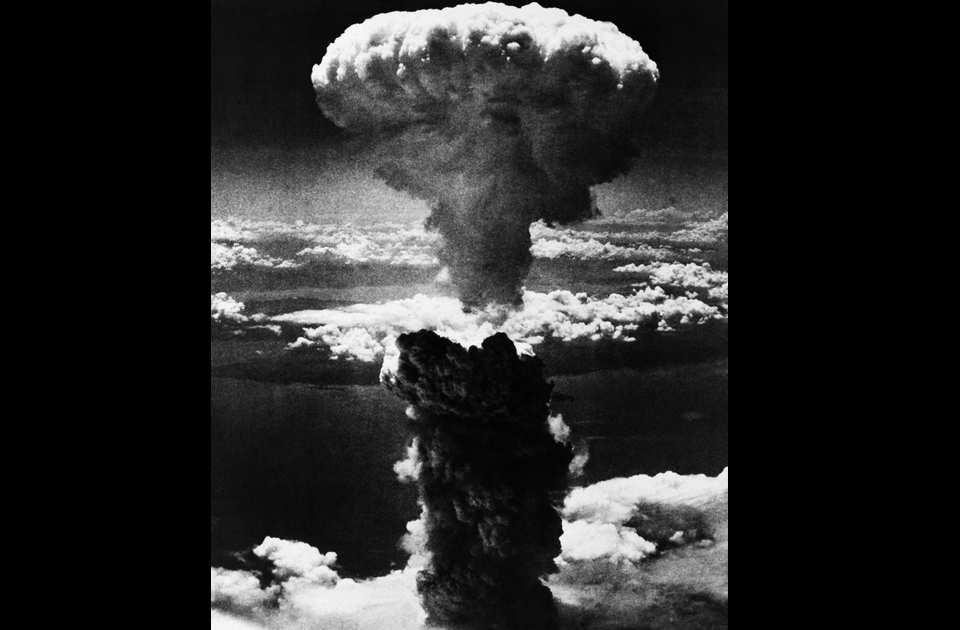
Hiroshima
In this Aug. 9, 1945 file photo, a mushroom cloud rises moments after the atomic bomb was dropped on Nagasaki, southern Japan
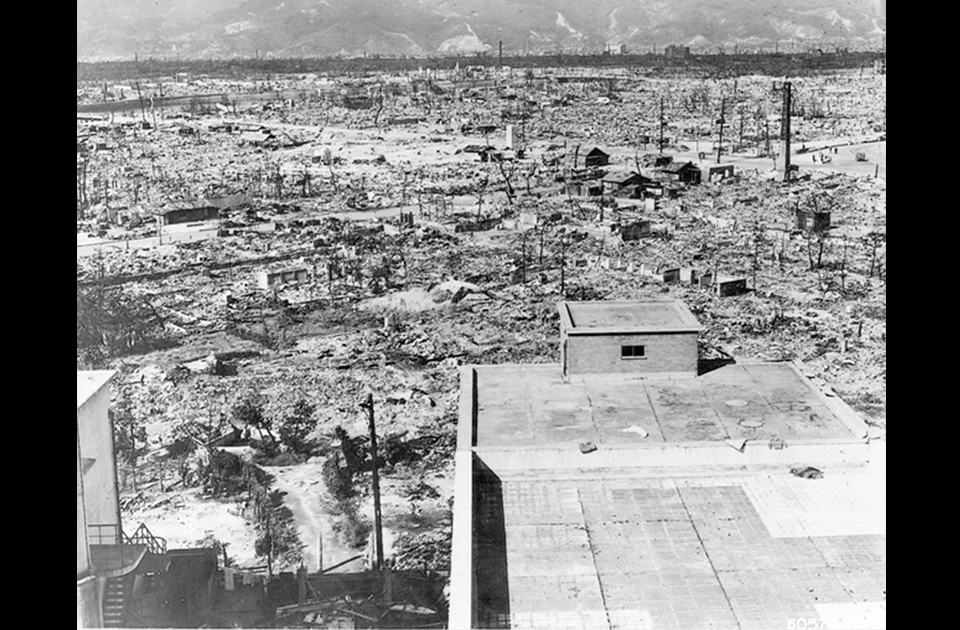
Hiroshima
Photo taken from the top of the Red Cross Hospital in Hiroshima looking northwest shows the destruction, 1945
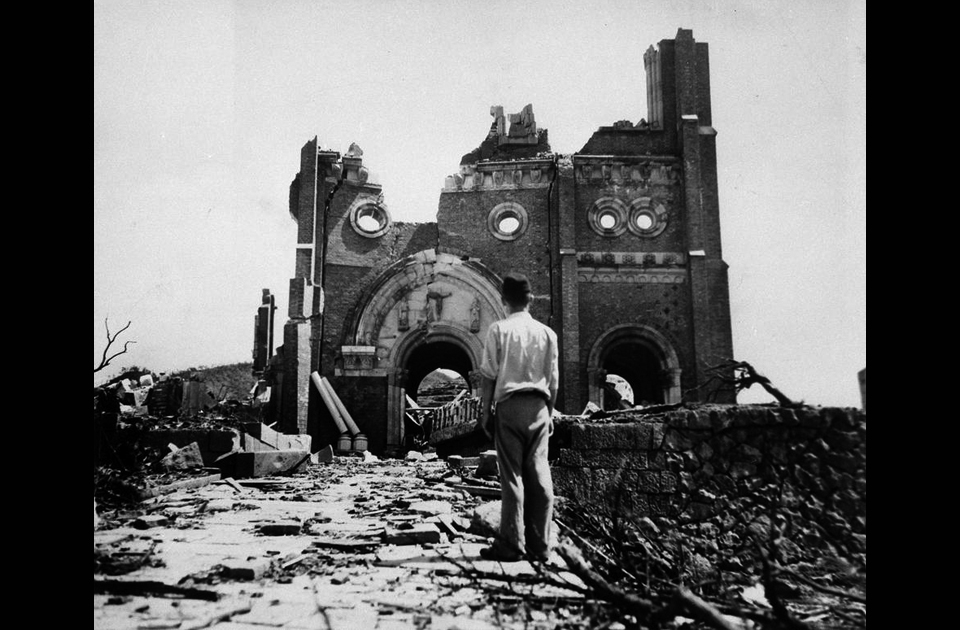
Hiroshima
The Urakami Catholic Cathedral in Nagasaki, seen Sept. 13, 1945, is laid waste in the aftermath of the detonation of the atom bomb over a month ago over this city
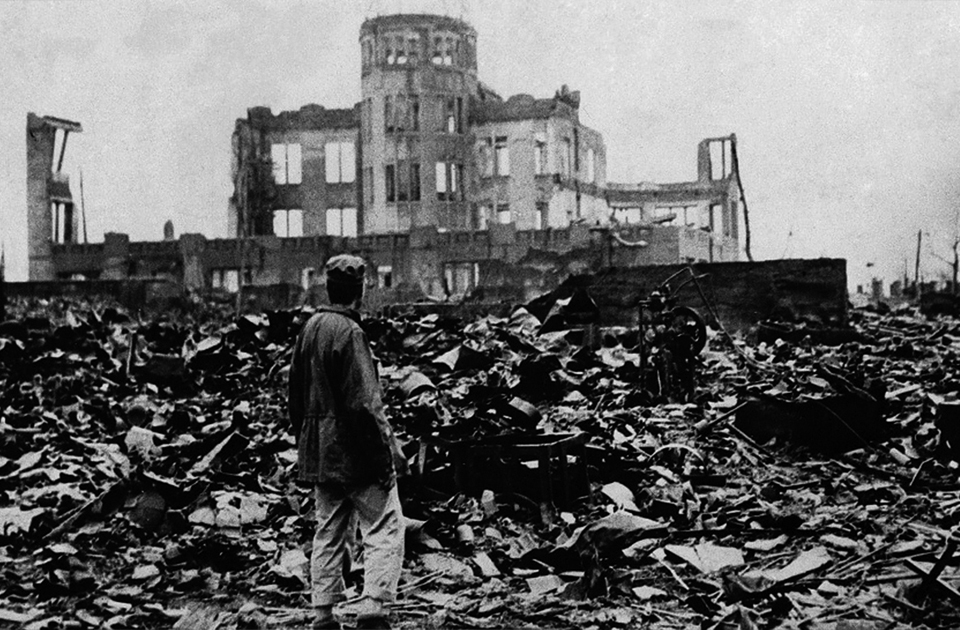
Hiroshima
A man looks over the expanse of ruins left the explosion of the atomic bomb on August 6, 1945 in Hiroshima, Japan